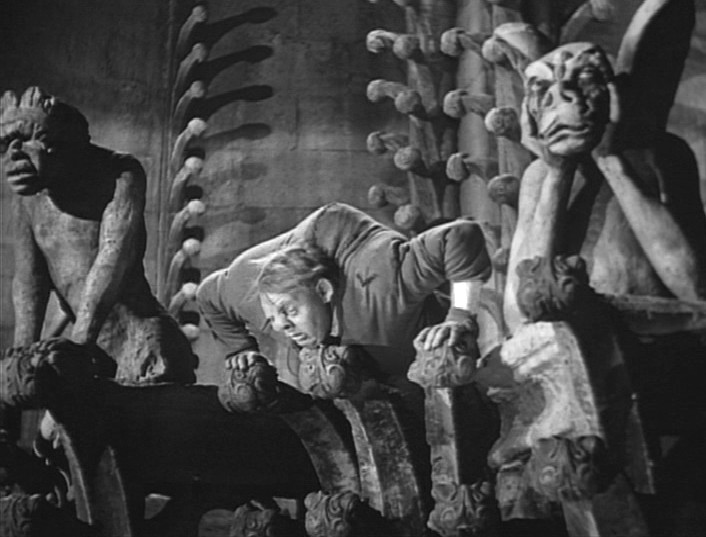`’I learned to shoot at the Travel Channel Academy….why?…”
Writer Dan Trigoboff, whom I was on the phone with this evening doing an interview for TVNewsday, draws my attention instead to the second chapter of The Hunchback of Notre Dame by Victor Hugo. (Most interviews do not turn so literate).
As I said to Dan, “I should have read the book instead of watching the movie” (not that the movie wasn’t great). But the second chapter of the book is entitled “This Will Kill That”.
The ‘this’ that is referred to is the book, the power of the printing press. The ‘that’ that it will kill is the Church, at least as it existed in medieval Europe.
The first paragraph reads:
Our lady readers will pardon us if we pause for a moment to seek what could have been the thought concealed beneath those enigmatic words of the archdeacon: “This will kill that. The book will kill the edifice.”
For an entire chapter, Hugo delves into the implications of the printing press and how it’s power will destroy the Catholic Church.
What Hugo actually writes, (and it is a fascinating chapter), is that the new technology of the printing press will kill the power of architecture. That is, the ‘power’ that Medieval cathedrals once communicated to people. (Think of the gargoyles of Notre Dame in Hugo’s book (or in my case, the movie)).
Writes Hugo:
In fact, from the origin of things down to the fifteenth century of the Christian era, inclusive, architecture is the great book of humanity, the principal expression of man in his different stages of development, either as a force or as an intelligence.
Prior to the invention of the printing press, it was indeed through great buildings that mankind best expressed himself – whether pyramids or the hanging gardens of babylon or the great cathedral of Notre Dame. Imagine the power that these structures communicated to an illiterate society. It must have been overwhelming.
It is the invention of the printing press, Hugo decries, that in the end destroys the power of architecture; and its power to impress.
It is printing. Let the reader make no mistake; architecture is dead; irretrievably slain by the printed book,–slain because it endures for a shorter time,–slain because it costs more. Every cathedral represents millions. Let the reader now imagine what an investment of funds it would require to rewrite the architectural book; to cause thousands of edifices to swarm once more upon the soil; to return to those epochs when the throng of monuments was such, according to the statement of an eye witness, “that one would have said that the world in shaking itself, had cast off its old garments in order to cover itself with a white vesture of churches.” Erat enim ut si mundus, ipse excutiendo semet, rejecta vetustate, candida ecclesiarum vestem indueret.
The truth is that we long ago gave up building great cathedrals that took 500 agonizing years to complete. But we have built a different kind of cathedral (to a largely very different God). NBC, Fox, ABC, Viacom. These are, in a very real iconic sense, the Cathedrals of the late 20th Century.
These overwhelming and impressive edifices that delivered ‘the truth’ to ‘the masses’.
And now, a new technology, not unlike Gutenberg’s printing press, threatens to undermine the glory and the power of The Cathedral of Media.
It is at first unthinkable that something like this could happen – as much as any Medieval peasant might have looked up on Notre Dame and thought that it would one day be dwarfed by something like television.
Never the less, Hugo understood that even the power of the Cathedral was about to be replaced by a far great, ‘democratized’ process in which all would participate and build something even greater:
The press, that giant machine, which incessantly pumps all the intellectual sap of society, belches forth without pause fresh materials for its work. The whole human race is on the scaffoldings. Each mind is a mason. The humblest fills his hole, or places his stone.

2 Comments
Peter Ralph August 10, 2007
Michael you recommend video relentlessly. You argue that video is almost always the right medium to use.
Is that an accurate portrayal of your POV?
Yet here on this blog you never use video or multimedia to promote your ideas. You follow the traditional format of photo and words.
$ August 07, 2007
Last I looked, the Catholic Church was still around.
More claims of doom and gloom from someone who thought they knew but really didn’t.